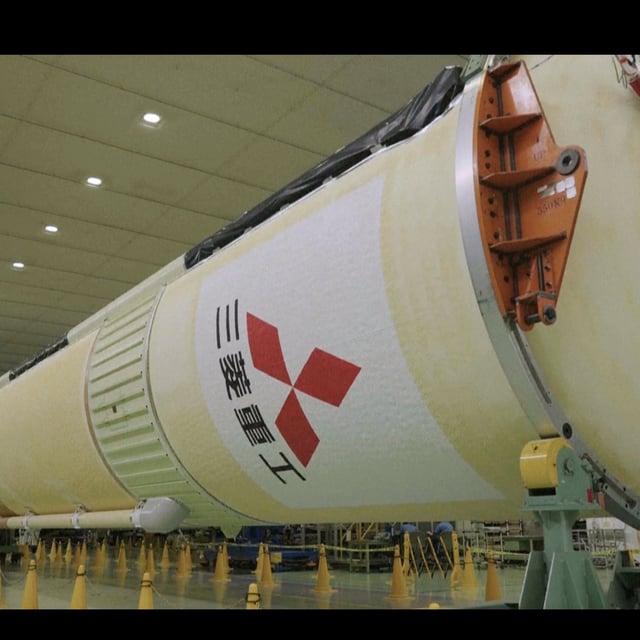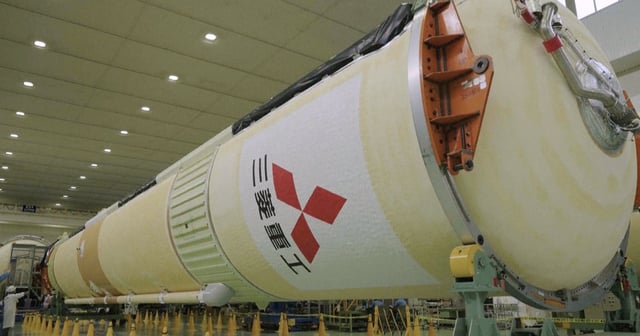Overview
- The H-2A lifted off from the Tanegashima Space Center on June 28, completing its 50th and final mission with the deployment of the GOSAT-GW climate observatory.
- Launch was cleared after multi-day holds to address electrical system malfunctions in the rocket’s core stage.
- GOSAT-GW will map carbon dioxide, methane and water cycle dynamics and is slated to start transmitting data in about a year.
- Japan’s H3 rocket, now boasting four straight successes since a 2023 setback, will fully replace the retiring H-2A as a more cost-competitive flagship.
- A smaller Epsilon launcher is in development to serve lighter payloads and widen Japan’s commercial space offerings.



